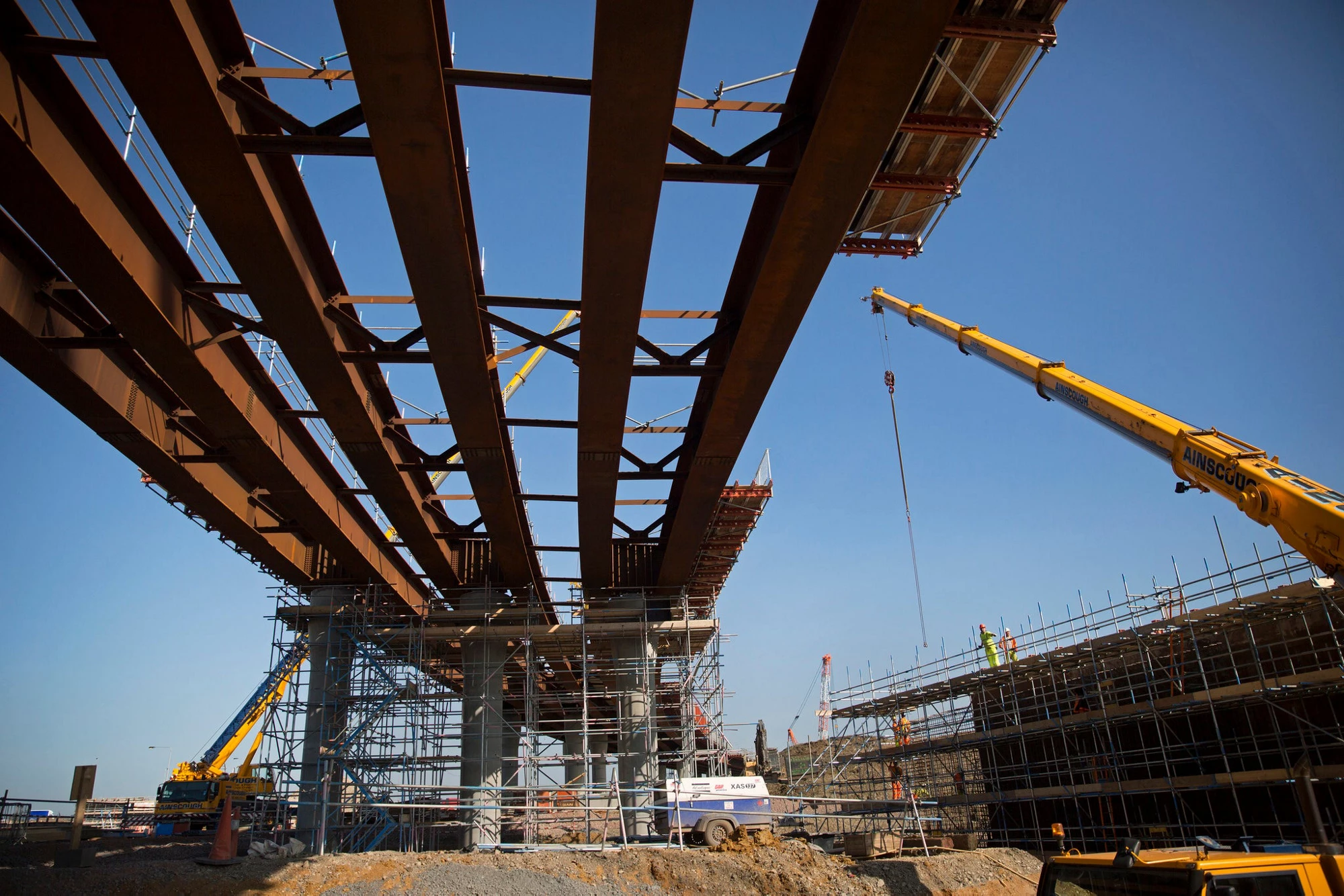Photo: Highways England | Flickr Creative Commons
When PPP investors are asked what they look for in a project, they would typically reply they like projects that are bankable, where risks are fairly allocated between the government and the sponsor. When one probes deeper though as to where they normally invest, you might elicit this response: in a market where there is deep commitment by the government to undertake an effective PPP program. This is a very telling answer sometimes lost to governments that want to pursue ambitious PPP programs. Bankability for a developing country involves more than de-risking projects. More importantly, it entails de-risking the country and its PPP program.
To become a major government agenda, PPPs must be undertaken in a programmatic approach. This is due to massive pre-investment activities that investors commit to. It takes a deliberate decision to invest in a country and set-up the ancillary support systems.
Two critical building blocks are necessary to launch an effective and sustainable PPP program:
- A legal basis for the program (e.g. in a form of a law and/or policy guidelines);
- A central PPP unit that will be the prime advocate for the program by enhancing policy and regulatory frameworks for private sector participation in infrastructure delivery, improving processes, developing deeper appreciation and capacity of government for undertaking PPPs, and to develop a real pipeline of projects thru proper project preparation aided by reputable experts.
Another example is the provision of contingent liability fund by governments. Under a PPP contract, the public sector also undertakes to deliver critical components of projects that largely impact ability of the private partner to deliver the infrastructure (i.e. land, permits) and to exact payment (either thru user fees or fees from governments). In a fairly structured PPP contract, penalties caused by delay or non-delivery of obligations can be imposed to the erring party including the public sector. The private partner would normally be asked to post a performance bond all throughout the concession period where penalties will be deducted and in such event, will be subject to topping up periodically. Private sector on the other hand will normally ask for a similar arrangement. The contingent liability fund assures private partners that payment for delayed or non-compliance of the government’s obligation to the contract will be done in a timely manner. This is a very important issue for investors and lenders as governments have very rigid and cyclical budgeting processes. Absent this, financiers will add in cost of probable delays in payments, which would increase overall financing costs.
Another important factor that serious investors look for are real projects in governments’ PPP pipeline. Serious PPP players are cognizant of the probability of winning bids under competitive tenders. Hence, a real pipeline enables them to set up offices and attendant supply chain on a longer timeline while trying to win bids. A pipeline of PPP projects provides them the rationale and justification to do so. It underscores the commitment of governments in pursuing a sustainable PPP program. These are just some of the ways of de-risking PPP programs—if most are in place, costs go down translating to better deals for governments.
De-risking projects is easier these days due to various credit enhancement instruments that are available. While these would mean additional transaction costs, they enable governments to roll out necessary infrastructure projects. More innovative deal structuring, thanks to multilateral development institutions, is allowing countries with low investment ratings to launch and financially close critical infrastructure facilities.
The original version of this blog appeared in the P3 Partnerships Bulletin on May 1, 2017.
Disclaimer: The content of this blog does not necessarily reflect the views of the World Bank Group, its Board of Executive Directors, staff or the governments it represents. The World Bank Group does not guarantee the accuracy of the data, findings, or analysis in this post.
Related Posts
10 candid career questions with infrastructure & PPP professionals – Cosette Canilao
Managing PPP risks with a new guide on guarantees



Join the Conversation